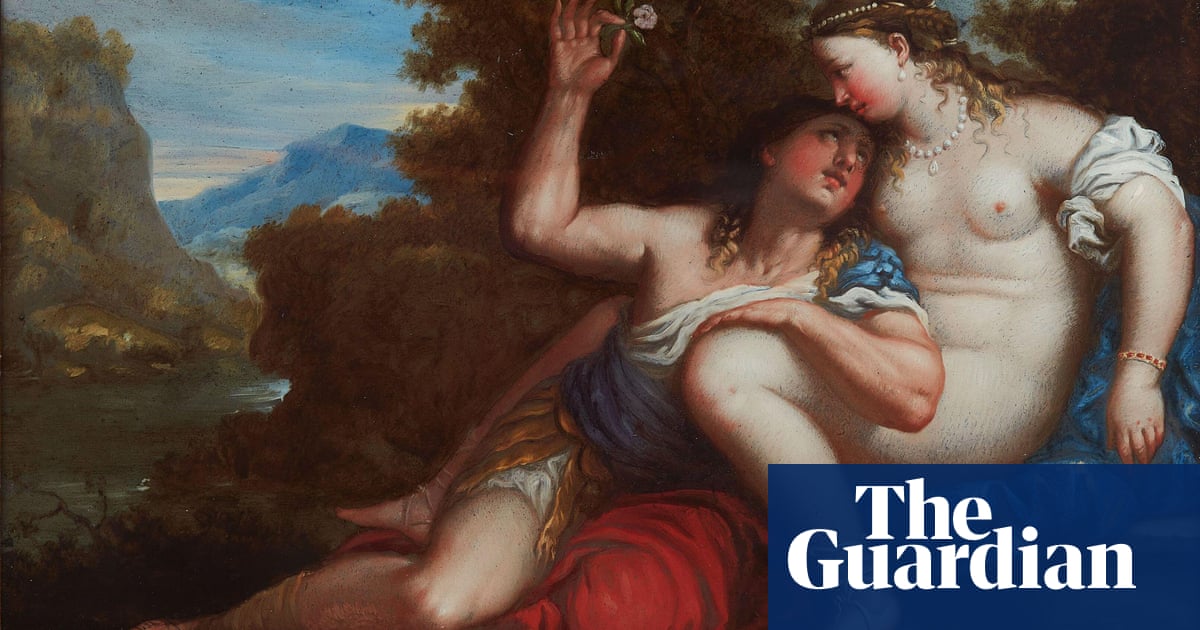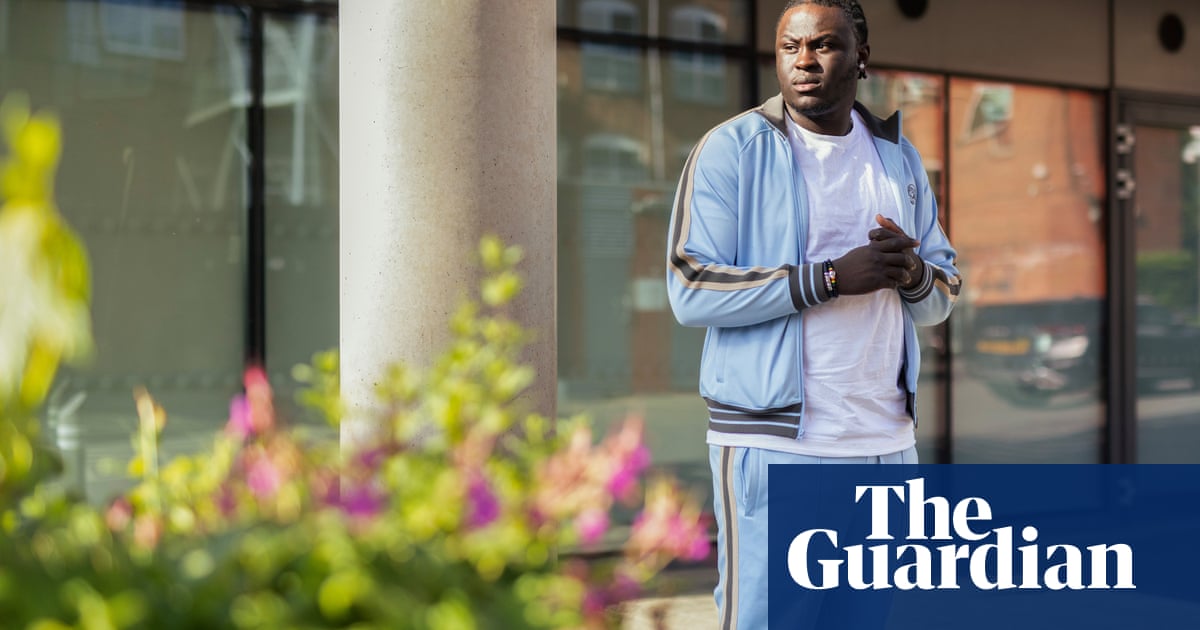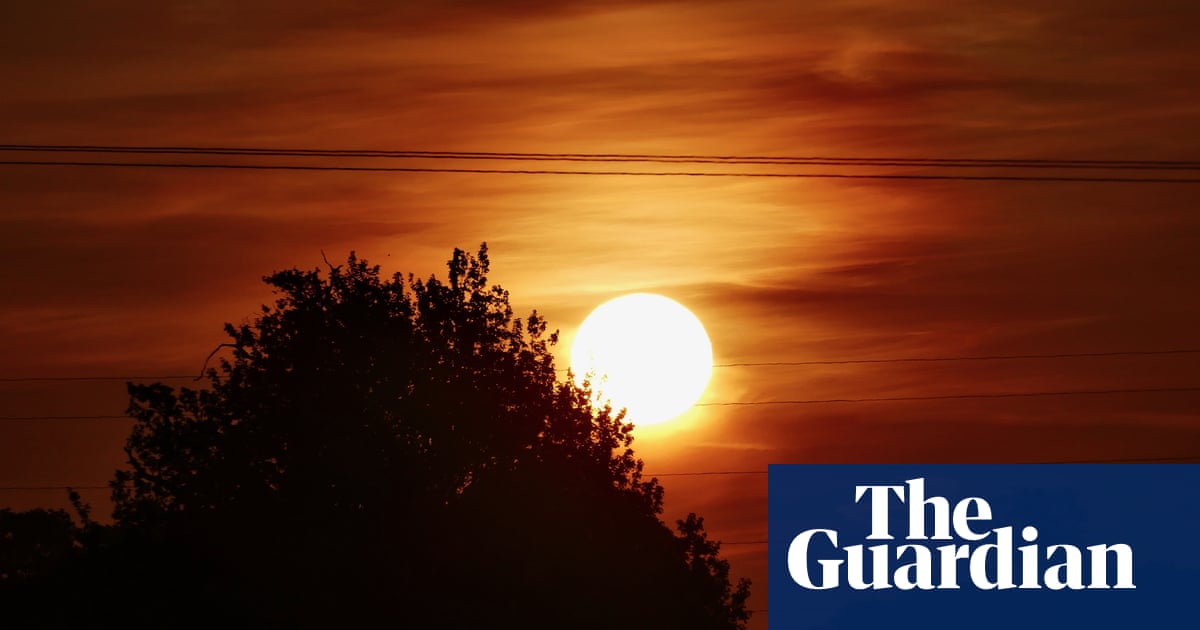This book starts as an evocative, shifting novel of time and place: a young man travelling in Switzerland, distracted by thoughts of a beautiful music teacher he met in London, recalls how, in his Australian childhood, he was evacuated to live with his grandparents at a sheep station in New South Wales in the second world war. There follows a brief story of how the boy that he was pocketed an emerald ring owned by his grandmother and chucked it away in the nearby woods. The shame did not end there. A young Aboriginal maid was blamed for the theft, and he did not have the courage to step in to save her from dismissal.
Just as you are losing yourself in this immersive little story, however, its author, Michelle de Kretser, steps in to inform you that “at this point, the novel I was writing stalled”. She goes on to explain how that writer’s block was a product of her difficulties with the “theory and practice” of her novel’s title: the gap between ideas about the novel – particularly those promoted by those French deconstructionists of the 1970s, and earlier by Virginia Woolf – and the impetus for storytelling.
The Sri Lankan-born Australian author’s solution is to stop the first story and tell another, perhaps related one, about an anguished love triangle among friends at Melbourne University in 1986. The second story reads like a confessional; if it is not autobiographical, De Kretser wants it to seem so. “Instead of shapeliness and disguise, I wanted a [fictional] form that allowed for formlessness and mess,” she writes. “It occurred to me that one way to find that form might be to tell the truth.”
De Kretser’s recent novels have often subverted themselves in these kinds of ways. Her last book, Scary Monsters, for which she won the 2023 Rathbones Folio fiction prize, had two different narratives running in parallel – one literally going from front to back in the printed book, the other from back to front. One half told a realist story from 1980s France, the other was a dystopian vision of Australia’s near future. It was one of your challenges as reader to trace the connections between them; the reason they belonged together.
Something of the same thing is going on here, but, as with the last book, if the premise sounds tricksy, the writing – precise and involving, is anything but. The narrator of Theory & Practice is at work on a dissertation titled The Construction of Gender in the Late Fiction of Virginia Woolf, and at the same time involved in an overwhelming affair with a fellow graduate student, Kit, who is engaged to their mutual friend Olivia. Their euphemism for their irresistible sex is “studying” – the excuse that Kit invariably offers to Olivia. The private joke is revealing. While Kit sits propped in the narrator’s bed reading, postcoitally, her copy of Roland Barthes’s A Lover’s Discourse, she struggles to define the semiotics of their relationship, and develops an irrational hatred for her rival, Olivia.
Neither her own recently widowed Sri Lankan mother, nor her idealised “Woolfmother”, with a room of her own in the narrator’s imagination, offers much help in navigating this oldest of plotlines. There are digressions on how the sexual abuse she was subjected to by a piano teacher as a child bears relation to that endured by Woolf at the hands of her paedophile elder step-brother, George Duckworth. Life and art and academia seem to bleed into each other. The narrator imagines this book as one way of fulfilling Woolf’s prospectus for the last novel published in her lifetime, The Years, which would alternate between essays and fiction to create a “new form”. She communes with the enigmatic gaze of a poster of Woolf on the wall of her bedroom, while examining the cruelties of the long-dead author’s Edwardian racism: “[she] continued to avoid my eye, her creative-destructive energies fizzing, my boot-print half obscuring her face”.
As the relationship with Kit unravels, so does the narrator’s grip on the truth of her emotions: “Everyone knows there are two types of mirrors,” she writes, “merciless and kind.” De Kretser charts a course between those reflections, however, alive throughout this ever-inventive novel to the urgent necessities of desire and their unforeseen consequences. Her ending returns you to her beginning, to the mythical-seeming story of the boy in the outback throwing all that glitters into oblivion; to the false start that leads to her latest quest for fictional truth. It is a measure of De Kretser’s beguiling talent as a novelist that she holds both these tales in balance without the whole ever threatening to fall apart.

.png) 2 months ago
19
2 months ago
19













































